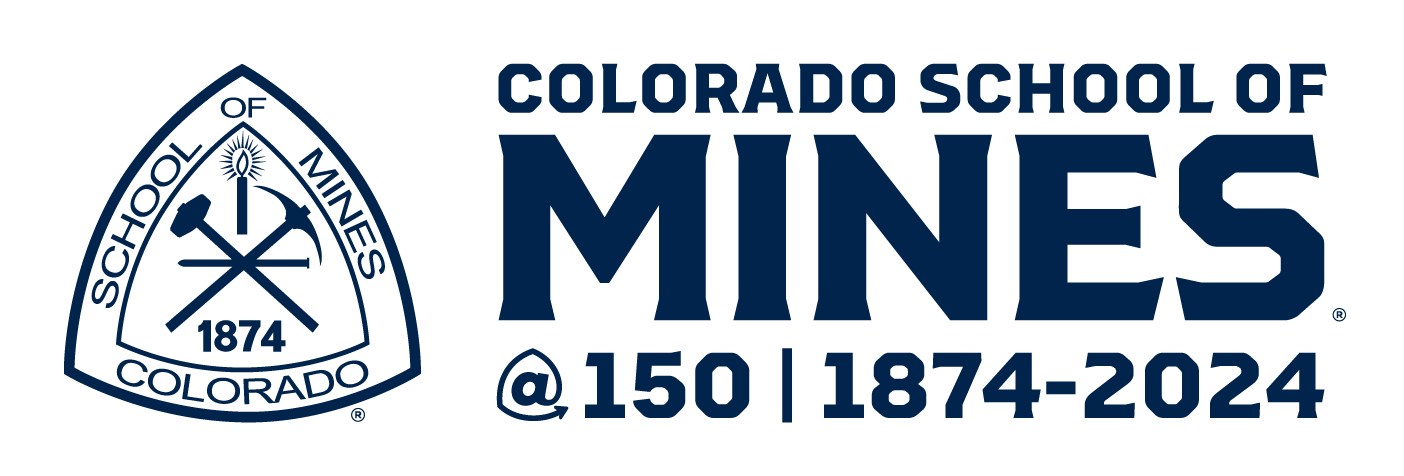Founded in 1874, the Colorado School of Mines is a public research university situated in the scenic town of Golden, Colorado. Renowned for its focus on engineering and applied science, the institution caters to approximately 6,000 undergraduate and graduate students from various parts of the globe. The school's modest size is juxtaposed with its stature as one of the leading institutions for studies related to Earth, energy, and environment. Nestled at the foothills of the Rocky Mountains, the Colorado School of Mines offers its students not only a rigorous academic environment but also a backdrop of breathtaking natural beauty that fosters outdoor recreation and research.
Distinguishing itself as a leader in fields such as mining, metallurgy, geosciences, and energy engineering, the Colorado School of Mines boasts unique programs like the Space Resources program, which is the first of its kind, focused on the exploration, extraction, and use of resources in space. The university's Earthquake Engineering Research Institute is another prominent feature, with a cutting-edge simulator for studying the seismic effects on structures. Its alumni contributions to industry-led projects such as the Mars Rover missions underscore the school's commitment to pushing the boundaries of science and technology.
The institution has earned numerous accolades for its contributions to public good and technology innovation. The Mines graduation rate is consistently high, reflecting the university's commitment to student success. The university also has a strong reputation for sustainability practices, both in curriculum and campus operations, reinforcing its dedication to social responsibility and environmental stewardship. Moreover, the collaborative research conducted at the Mines has led to groundbreaking advancements in renewable energy and sustainable resource management, showcasing the school's role in addressing global challenges.
Despite these laudable aspects, the Colorado School of Mines faces challenges, particularly in ensuring accessibility and diversity within its student body and faculty. Historically, the institution has had a student population that skews towards being less diverse than some of its counterparts, which can affect the breadth of perspectives and experiences within its community. Additionally, as a specialized institution with a heavy focus on engineering and applied sciences, it may present limitations for students seeking a wider variety of liberal arts or non-STEM related disciplines, potentially narrowing the scope of academic exploration for some.



